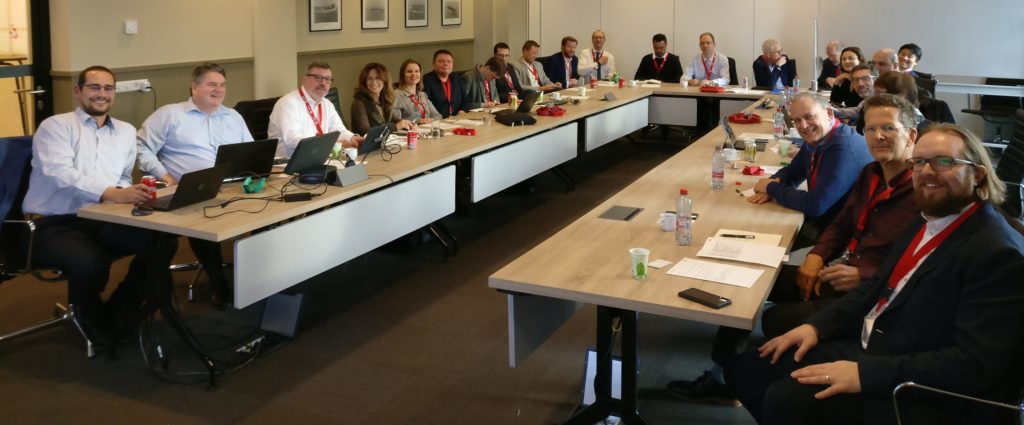With digitalisation of the maritime market many have felt that a standard has been needed to help guide the development of digital solutions for the industry and provide better user clarity for shipowners. Samantha Fisk spoke to Robert O’Dwyer, co-founder and Chairman of the recently formed Smart Maritime Council about plans to create one.
The Smart Maritime Council was launched as an initiative by the Smart Maritime Network in 2019, which has recently voted to support the use of the ISO 19848 data standard for shipboard machinery and equipment.
Council members include a plethora of shipping technological companies as well as shipowners, which currently include ABB; AMMITEC: ClassNK; Cobham SATCOM; Danmarks Skibskredit; Dell Technologies; Dualog; GT Maritime; IB Marine; Inmarsat; Intellian; Kongsberg; KVH; Marsh, Monohakobi Technology Institute; OneWeb; OSM Maritime Group; Speedcast; Sperry Marine; ST Engineering; Stolt-Nielsen; Traxens; V.Group, Wallem; and Wärtsilä.
Robert O’Dwyer, Chairman, Smart Maritime Council explains about the formation of the standard that: “The standard originated out of a cross-industry project in Japan, so most of the adoption has been within the Japanese maritime sector to date.” With the standard being published in 2018.
O’Dwyer, states that: “At present, in most cases the data produced by different shipboard systems is delivered in a different format by each one. ISO 19848 offers a standard naming convention to which those different datasets can be mapped, so that a software application that is programmed to accept the standard can recognise what that data from different systems represents, without needing to customise the software to each different data format.”
The standard will allow for different systems to share data more easily with out the need for further customisation from the user. As O’Dwyer explains: “It’s like a data dictionary, where we’re agreeing on a single language for everyone to translate to for common understanding.” It is expected that the ‘data dictionary’ will create a more harmonised framework for the industry.
Further, O’Dwyer notes about digitalisation of the industry and the introduction of the standard that: “The more data that is made available in a standard format, the more analysis can be done on every type of performance variable without the need to put resources into customising software for each different data format. Consequently, that should mean more resources going into developing better technology rather than being wasting on translation of data, which adds no value.”
The standard will also remove one of the main barriers that digital solutions currently has in the industry by providing a common language across digital assets. The standard is also maintained by an independent technical committee through the International Maritime Organization (IMO).

With the standard in place, it could see the market for digital solutions become more of a competitive place that sees the shipowner come out on top.
“If standard data formats proliferate through the industry the only OEMs likely to lose are those trying to ‘lock-in’ customers to their service by maintaining data in a proprietary format which the shipowner can’t access or use”, comments O’Dwyer, “The OEMs that want to compete based on the quality of their product rather than shutting people out of using their proprietary data format will gain from adopting standards by making their products more valuable to their customers, as the data they generate can be more easily used by the shipowner to optimise operations.
O’Dwyer also believes that there is scope in the future for further developments of other standards for digitalisation in the industry. “ISO 19848 is relevant for the data points described in the standard but doesn’t cover every data point relevant to vessel operations. I know that the ISO working group will continue to adapt it in the future depending on industry requirements, and other standards relevant to other applications will no doubt be suggested by maritime stakeholders. The standard itself is not the important part, collaboration and agreement on what standard to use is what creates value”, he comments.
Collaboration of solutions looks to be the way forward for the industry with those that are adopting the standard could potentially be left behind. O’Dwyer also notes that: “There is no specific downside for anyone that that doesn’t use the standard, it’s just a matter of missing the benefits of removing customisation and data translation work. The more we cooperate in areas where we are not competing, the more we can use the additional resources to develop better technologies rather than a new version of the same thing for every customer.”
































